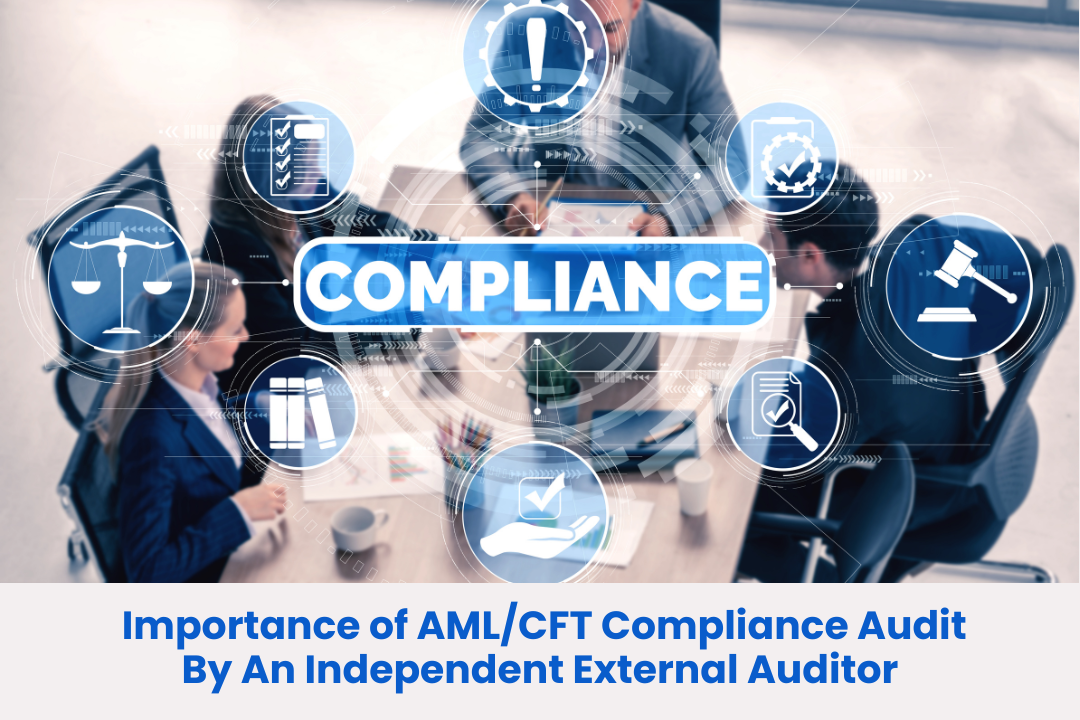In today’s globalized economy, legal professionals and practitioners face growing responsibilities to comply with regulations aimed at combating financial crimes such as money laundering and terrorism financing. The AML CFT Framework—a comprehensive system of Anti-Money Laundering (AML) and Counter Financing of Terrorism (CFT) measures—plays a vital role in mitigating risks for legal service providers.
By implementing this framework in UAE where legal professionals are classified as Designated Non-Financial Businesses and Professions (DNFBPs) under Federal Decree-Law No. 20 of 2018 can protect their businesses from reputational damage, hefty fines, and legal penalties. This blog will explore the importance of an AML CFT framework for legal practitioners and how it helps reduce business risks.
The Role of AML CFT Framework in Legal Practices
Legal professionals often serve as gatekeepers for financial transactions, making them vulnerable to abuse by individuals seeking to launder money or finance illicit activities. The AML CFT Framework establishes clear processes and guidelines to detect, prevent, and report suspicious activities, ensuring compliance with regulatory requirements.
Key benefits include:
- Strengthened Compliance: Aligning with UAE’s strict AML CFT laws to avoid legal and financial repercussions.
- Enhanced Risk Management: Identifying and mitigating potential vulnerabilities in legal transactions.
- Reputational Protection: Demonstrating a commitment to ethical practices, safeguarding client trust, and protecting the firm’s reputation.
Key Risks Faced by Legal Professionals Without AML CFT Compliance
Failing to adhere to AML CFT compliance measures can expose legal professionals to a range of risks, such as:
- Regulatory Penalties: Non-compliance can lead to severe fines and legal consequences.
- Reputational Damage: Association with illicit financial activities can tarnish a law firm’s reputation.
- Client Loss: Ethical lapses and legal violations can drive away clients.
- Operational Disruptions: Investigations and sanctions can hinder daily operations and growth.
How the AML CFT Framework Reduces Business Risk
1. Risk-Based Approach
The AML CFT framework requires legal professionals to adopt a risk-based approach by evaluating the potential risk level of each client and transaction. This involves due diligence measures to assess whether a client or financial activity poses a risk of money laundering or terrorism financing.
2. Customer Due Diligence (CDD)
Effective AML CFT compliance procedures include rigorous Customer Due Diligence (CDD) to verify the identities of clients, understand the purpose of transactions, and monitor financial activities. For legal professionals, this ensures transparency and reduces the risk of unknowingly facilitating illegal activities.
3. Ongoing Monitoring and Reporting
The framework emphasizes the importance of continuous monitoring of client transactions and reporting suspicious activities to relevant authorities. Legal practitioners benefit from early detection of risks, enabling them to take timely corrective actions.
4. Compliance with Local Regulations
In the UAE, the AML CFT legal framework aligns with international standards and requires legal professionals to implement robust compliance measures. By adhering to these regulations, practitioners can avoid penalties and ensure their operations remain lawful.
5. Training and Awareness Programs
Regular AML CFT compliance training programs educate legal professionals and their staff on identifying, reporting, and mitigating financial crime risks. This ensures a well-informed workforce equipped to handle complex scenarios.
Steps to Establish an AML CFT Framework for Legal Professionals
Step 1: Understand Applicable Laws and Regulations
Legal professionals must familiarize themselves with UAE’s AML CFT laws, such as Federal Decree-Law No. 20 of 2018, Cabinet Decision No. (10) of 2019, which outlines compliance obligations.
Step 2: Develop Internal Policies and Procedures
Implement clear policies and procedures for conducting CDD, monitoring transactions, and reporting suspicious activities.
Step 3: Appoint a Compliance Officer
Designate a compliance officer to oversee the implementation and monitoring of the AML CFT framework.
Step 4: Conduct Regular Training
Ensure all employees are trained to recognize and respond to red flags associated with money laundering and terrorism financing.
Step 5: Perform Regular Audits
Schedule regular audits to assess the effectiveness of your AML CFT compliance program and identify areas for improvement.
Conclusion
For legal professionals and practitioners in the UAE, adopting an AML CFT Framework is not just a regulatory requirement—it’s a critical strategy to mitigate business risks, maintain client trust, and uphold ethical standards. By implementing effective AML CFT compliance procedures, AML CFT Compliance Training, legal professionals can safeguard their practices from financial crimes while demonstrating a commitment to integrity and compliance.
If you’re a legal professional looking to strengthen your compliance measures, Auditac International offers tailored AML solutions and expert guidance to help you navigate the complexities of AML CFT regulations. Let us support your practice in staying compliant and secure!











